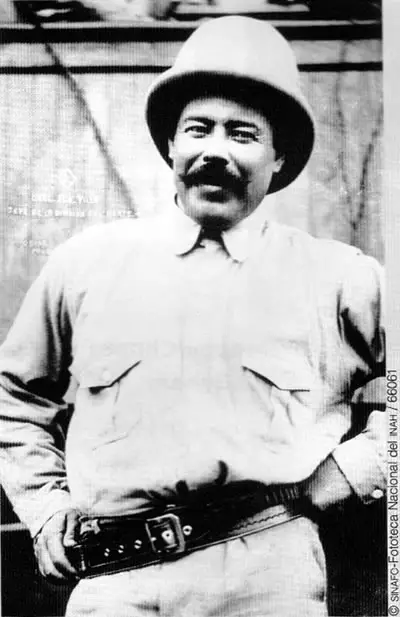
By F. Katz, extracts from “Pancho Villa”, originally published on Vive Mexico.
Along with Moctezuma and Benito Juarez, Pancho Villa is surely the best known Mexican personality throughout the world. Legends of Villa’s exploits are found not only in Mexico but in the United States as well and have even reached beyond. They are present in the popular mind, tradition, and songs as much as they are in Mexican and Hollywood movies.
There are legends of Pancho Villa the Robin Hood, Villa the Mexican Napoleon, Villa the ruthless killer, Villa the womanizer, and Villa as the only foreigner who has attacked the mainland of the United States since the war of 1812 and actually gotten away with it. Whether correct or not, exaggerated or real, these legends have resulted that the leader has clouded the movement, and the myths have clouded the leader (…)
Villa’s Division del Norte was probably the largest revolutionary army that Latin America ever produced. The revolution he led was the only real social revolution to ever take place along the United States border (..) Still more significant, it was one of the few revolutionary movements with which an American government attempted not only to negotiate but even to forge an alliance. Villa’s movement was also exceptional in that it is one of the few revolutionary struggles of the twentieth century that still enjoys enormous legitimacy in its own people’s eyes (..)
Just like his comrade in arms and ally Emiliano Zapata, Villa is very different from other great revolutionary leaders of the twentieth century (..) He had little education and came from the lower classes of society (…) He never headed any political organization, yet managed to play a crucial role in the Mexican Revolution, one of the largest social uprisings of the century (…)
When he was born as Doroteo Arango at Rancho La Coyotada in Durango, in 1878, no one could have suspected that he would ever be anything more than a lowly hacienda hand (…) Following the early death of his father, Doroteo had to assume the responsibility of helping his mother support their family; by the time he was a teenager he had become an outlaw (..)
In 1899, Arango was captured by the authorities that (…) sentenced him to serve in the army, from which he deserted one year later. On realizing that as a deserter, if caught again, he could face a firing squad, he left Durango and moved to the neighboring state of Chihuahua, where he changed his name to Francisco Villa (..)
On November 20, 1910, Francisco Madero called on Mexicans to rise up against Porfirio Diaz’s dictatorship. While many isolated skirmishes took place that day throughout the country, there was only one real insurrection and that was in Chihuahua (..) It is not difficult to understand why Villa joined the revolution. The persecution he was subjected to (…), his forced enlistment in the army, and finally his frustrated attempts to establish a butcher shop in the state of Chihuahua. where the meat business was monopolized by the Terrazas-Creel clan. were factors that pushed him into the revolution (..)
The Legend is Born
Francisco Villa inflicted one of the first defeats on federal troops and since then his audacity became legendary. Backed by only forty men, he attacked a force much greater than his own, and when the soldiers gave him chase he led them through hills that had been seeded with sombreros to give them the impression that they were confronting a much larger group (..) His reputation among revolutionaries was further enhanced by the iron discipline he maintained with his men, and despite his notoriety as a bandit, his troops did not plunder or destroy (..)
By the end of 1913, he had gathered an army of more than three thousand men, a force large enough to allow his formidable military skills to blossom. By August, 1913, he had organized and disciplined a large guerrilla troop and, without artillery, captured the strategic railway hub city of Torreon. In November (…) he scored another victory when he captured a freight train that carried coal to the border city of Ciudad Juarez, Chihuahua (…)
On December 1st, he entered the city of Chihuahua, welcomed and cheered by thousands of its citizens. Weeks later, his military commanders elected Villa provisional Governor of the State of Chihuahua. When Villa assumed this position he was thirty-five years old, and in the prime of life.
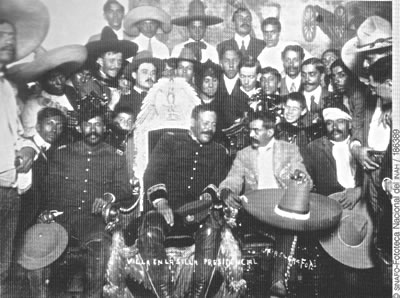
Pancho Villa, on the presidential seat
An American doctor who knew him well wrote:
He weighs about 175 lbs. and has well developed to muscles. His jaw is heavy and prominent, and his teeth are very stained (…) He has the most remarkable and impressive pair of brown eyes I have ever seen. They seem to see right through you; he almost speaks with them; his every word is first announced and dominated by them. And when he is furious or wants to emphasize something, they seem to smoulder and burn, spitting sparks from their thick drooping lids. He is a natural horseman, sitting atop his mount with the ease and grace of an experienced rider, riding tall and with stiff legs, in the Mexican fashion, using only Mexican-style saddles. He adores his horse and is always watchful of its comfort and welfare, probably because horses have so many times helped him out of tight situations. He has often ridden more than a hundred miles in twenty-four hours over the roughest sierra paths (..) His style of dress is simple (…) and he is never as happy as when he is performing dangerous feats of horsemanship or watching cockfights, one of his favorite entertainments.
(..) Pancho Villa tried to develop personal relationships with his soldiers; he had a prodigious memory and could identify many of them by name. He would frequently sit around a campfire with them and share their meals. When one of his soldiers was having personal problems or needed money for his family, Villa could be a generous man.
This doesn’t mean he could not be extremely cruel sometimes. He could have murderous rages, for which he might later repent. Although he loved the good life, money was not one of Villa’s main concerns. He didn’t smoke, he didn’t drink -when he occupied a city, all bars were shutdown-, but his lust for women was insatiable. Without ever divorcing any of them, he married at least four women, and much larger was the count of his girlfriends, many of whom bore him children. Villa was a good and responsible father, who always made sure that his children were provided for (…)
Despite his lack of formal schooling. Villa was a man of ideals (..) Perhaps it was his own illiteracy that pushed him to give education an almost fanatical importance. During the time he controlled Chihuahua, many new schools were built, and homeless children were made wards of the State. And though Villa was far from being a socialist, he did believe in the equitable distribution of wealth and in land reform (..)
He wanted to transform the face of Chihuahua and of Mexico (…) The first to benefit from his dreams were the people of Chihuahua. Large quantities of beef were put on the local market drastically cut prices (…) Orphanages and children’s charities received generous amounts of food. For these reasons, he quickly became known as “the friend of the poor” (…)
During the civil war that ensued, General Alvaro Obregón, a member of Carranza’s army, proved to be greater tactician than both Vila and Zapata (..) In a series of decisive battles (…) Obregon’s troops dug trenches protected by barbed wire from which their fire decimated Villa’s attacking cavalry. In the latter stages of the civil war, the United States (..) allowed Carranza’s troops to be transported by rail over its territory to reach Sonora and win a decisive victory over Francisco Villa (…)
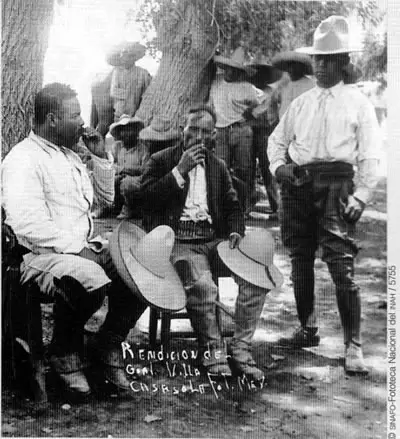
General Pancho Villa surrenders
Villa was by then a defeated man. Most of his army was destroyed or in flight (…) The U.S. government offered him asylum, and Villa could have done like so many other traditional caudillos throughout the world: to take state funds at his disposal to retire in comfort and luxury, free from persecution in a foreign country (..) Instead, he chose to stay in Chihuahua and carry on a reduced guerrilla campaign during five more years, under the most difficult conditions.
When Carranza was deposed by a military coup headed by Alvaro Obregón, Villa made the new government a peace offer (…) In return, he was promised a hacienda, land for his followers, and a personal entourage of fifty former comrades in arms (…) He finally accepted and spent the last three years of his life in the Hacienda de Canutillo. Though he had withdrawn from politics (…) he could not be indifferent to the lacks of the lower classes whose cause he had defended for so long. On his own hacienda, he built one of the best schools in Mexico for the children of his workers and local peasants (…)
Villa was assassinated in July 1923 (…) One of his admirers is quoted as saying: “If history is written by the victors, it is also true that legends are written by the people (..) That’s why the name of Francisco Villa is forever engraved in the hearts of the poor.” This is certainly true, and Pancho Villa was always one of the best known and most popular leaders of the Mexican Revolution. People remember that, after the Zapatistas, Villa’s faction was the greatest distributor of wealth to the poor.
Author: F. Katz
Historian and professor at the University of Chicago. His more than three decades of Historical research in American and European archives and libraries qualify him as Pancho Villa’s most acknowledged biographer.
More:
- More about Mexico & Traditions
- Mexico, two cultures in one
- Juventino Rosas, the waltz that conquered the world
- Tequila & Mezcal
Last Updated on 03/02/2022 by Puerto Vallarta Net



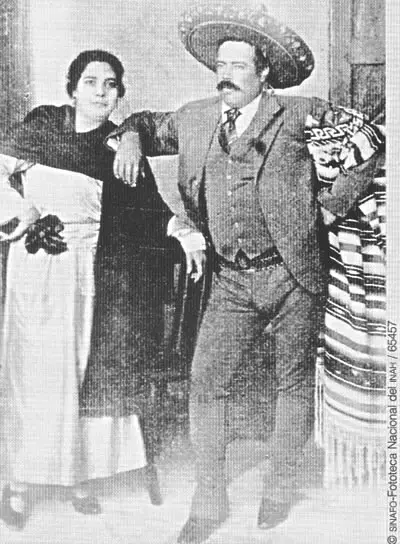
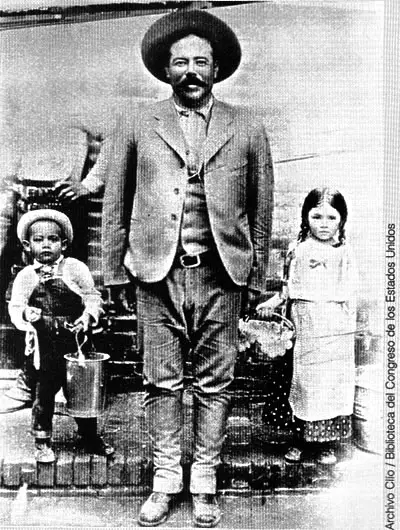

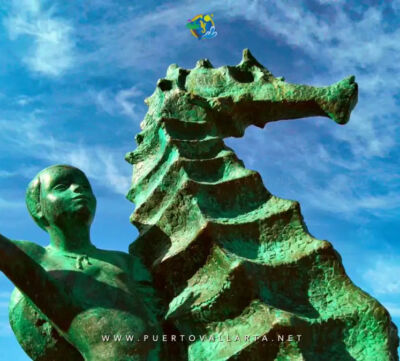


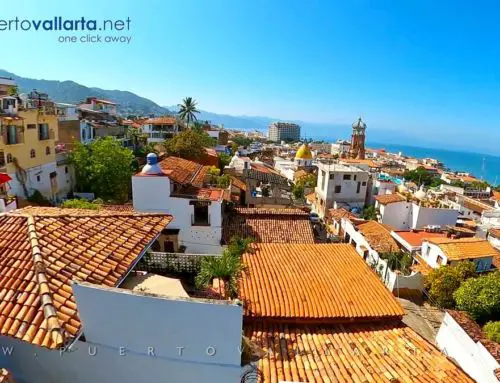

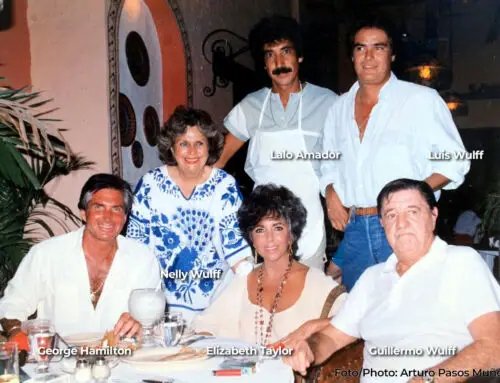
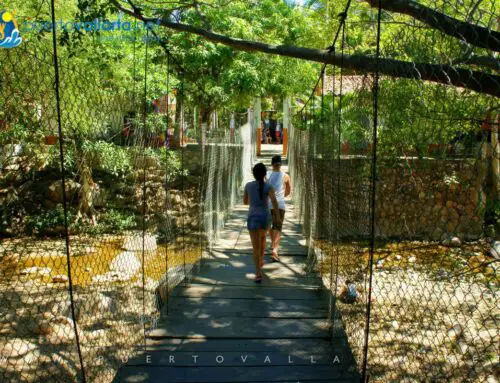
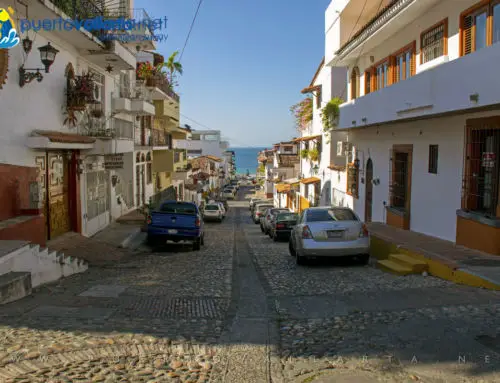
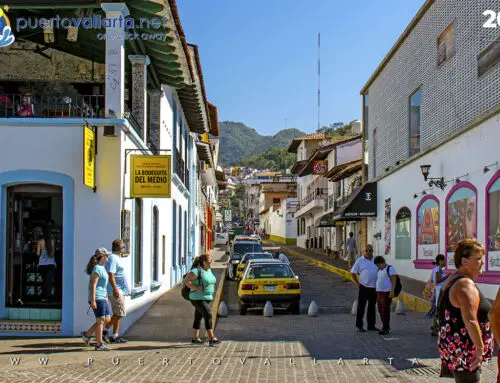
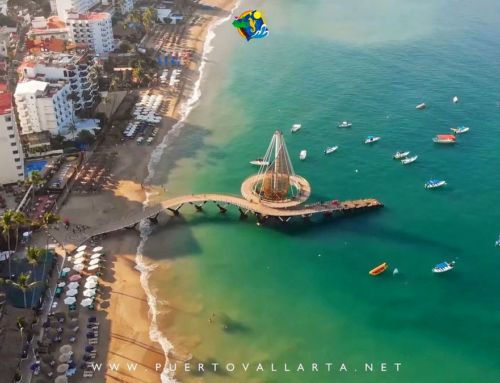
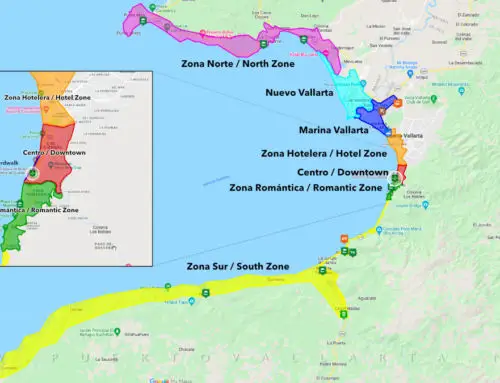
Leave A Comment